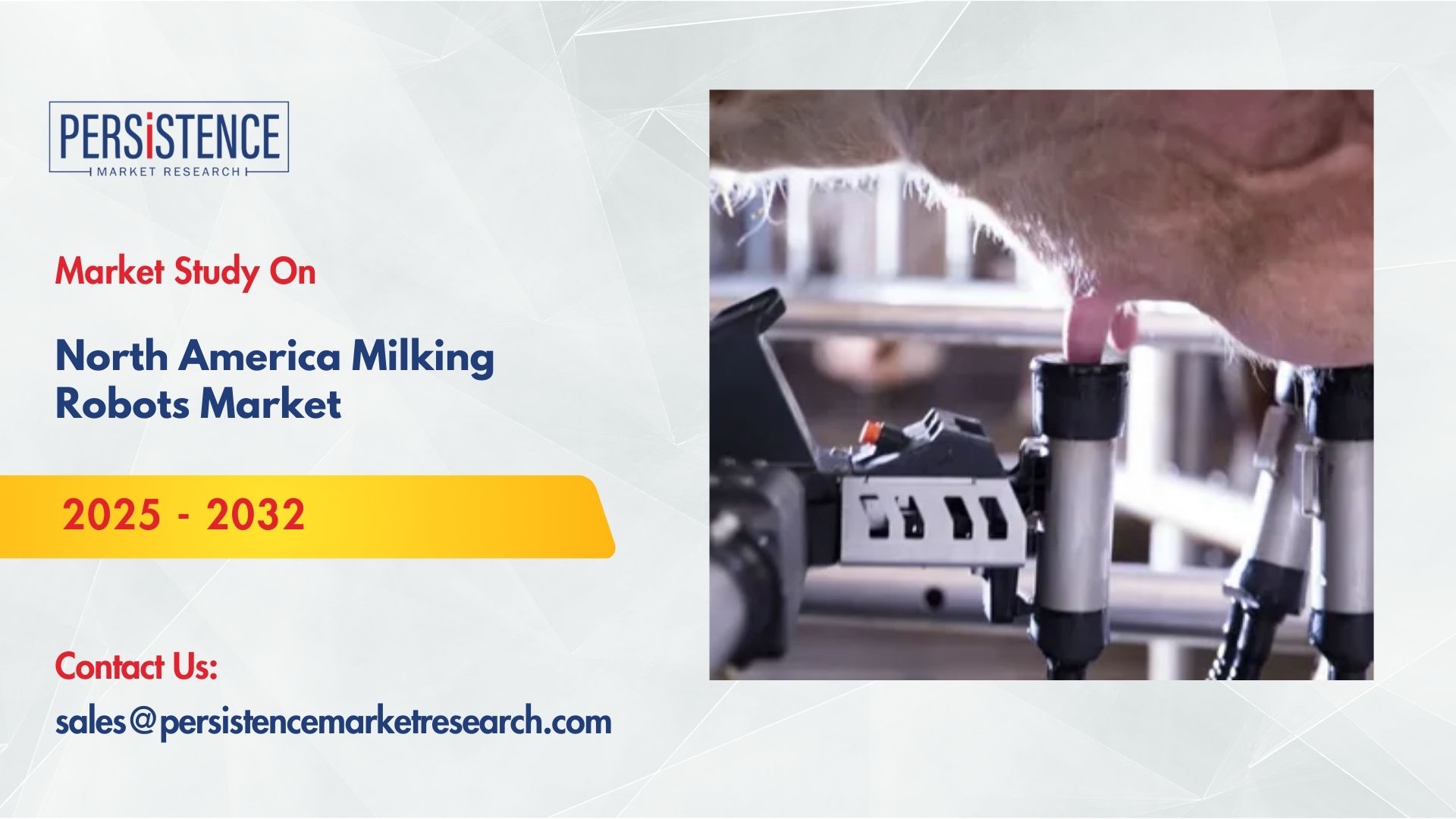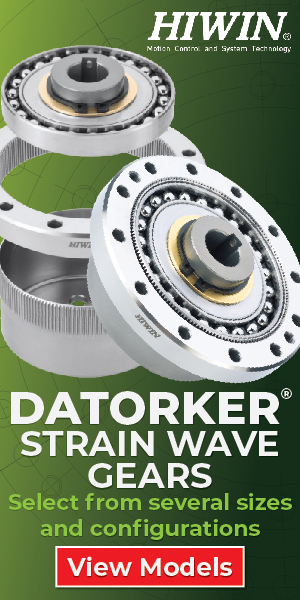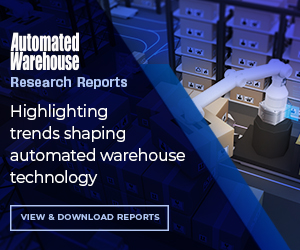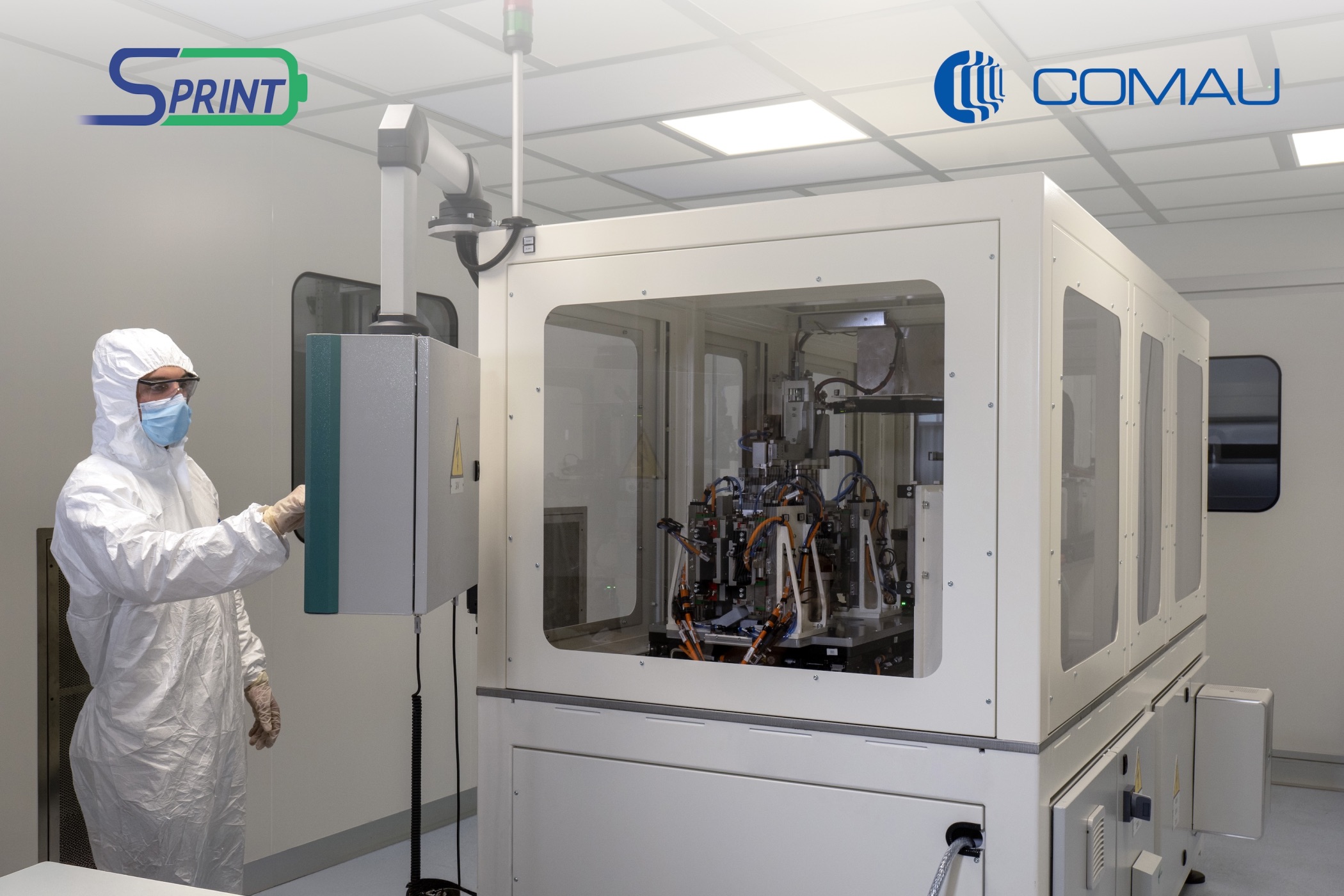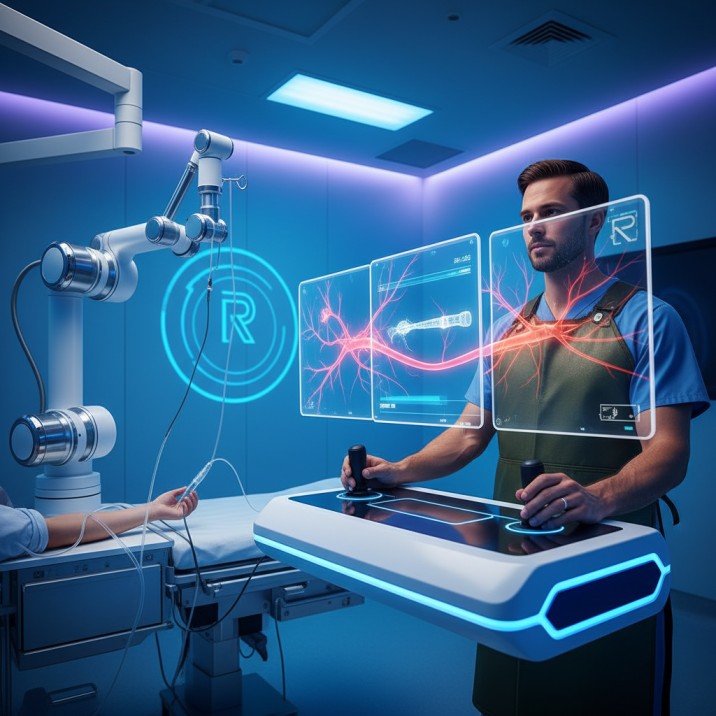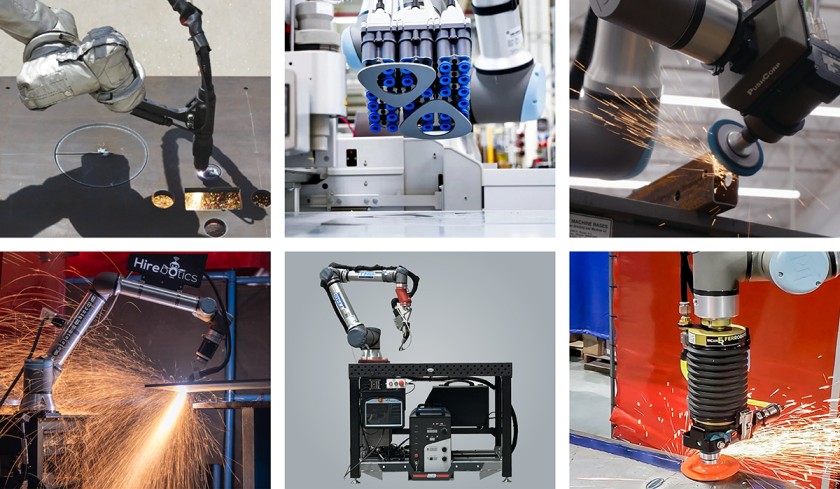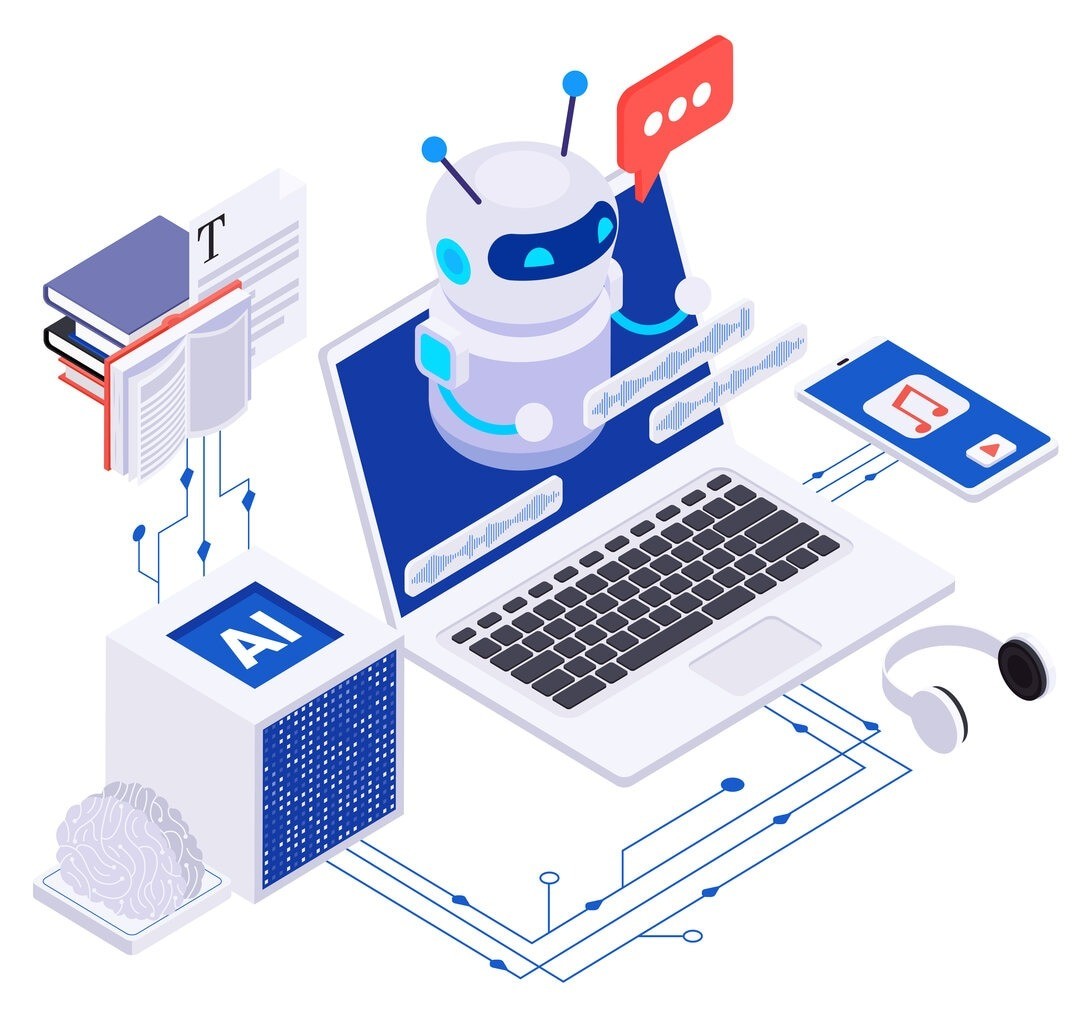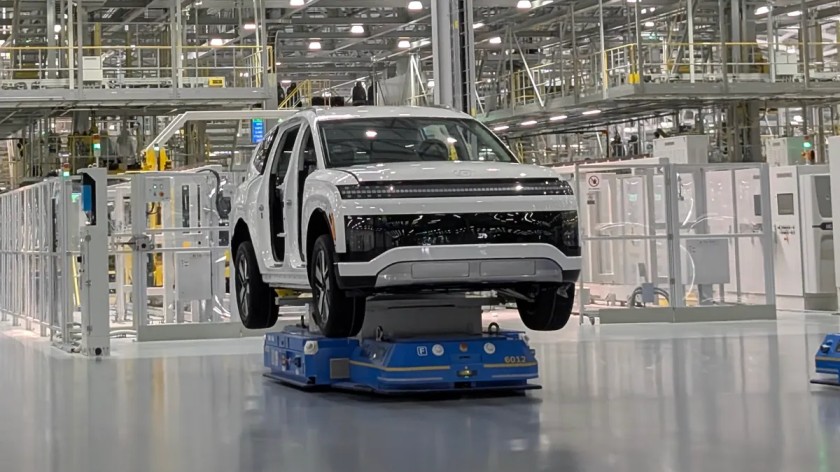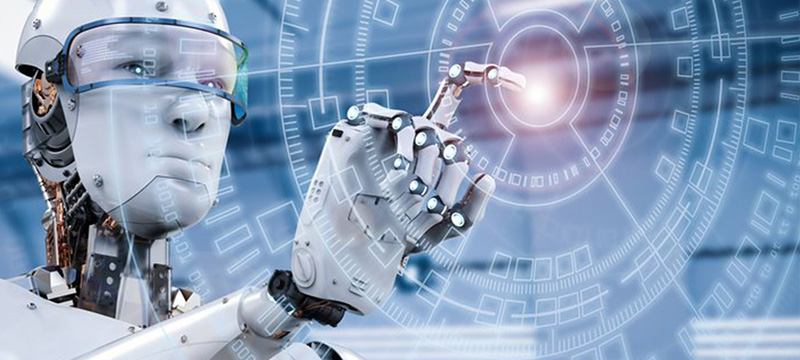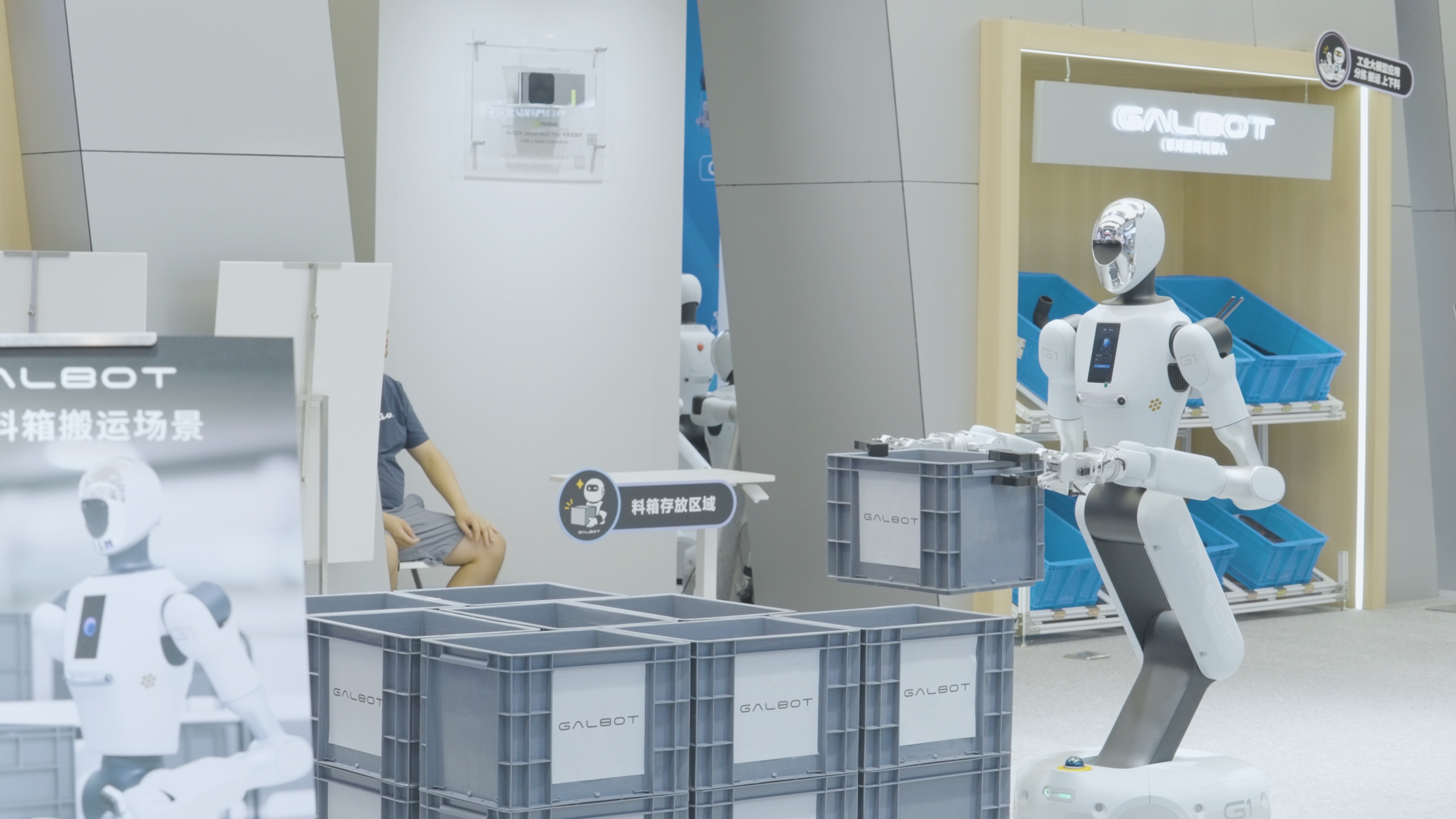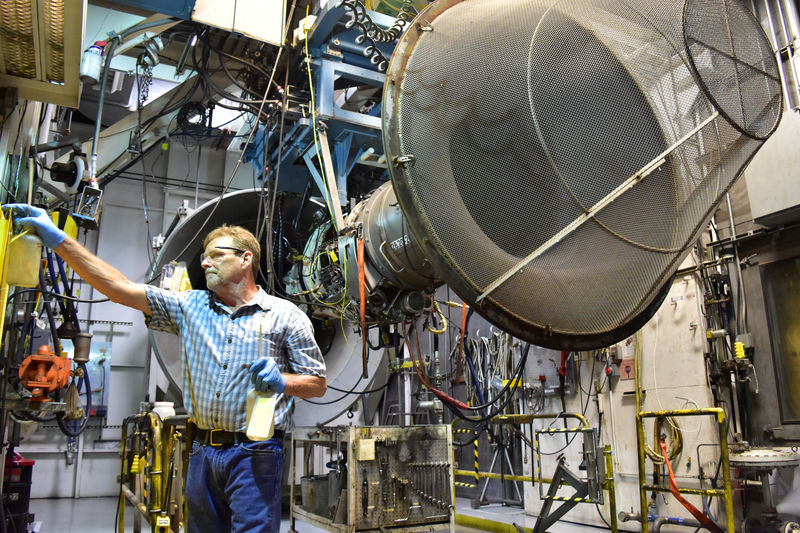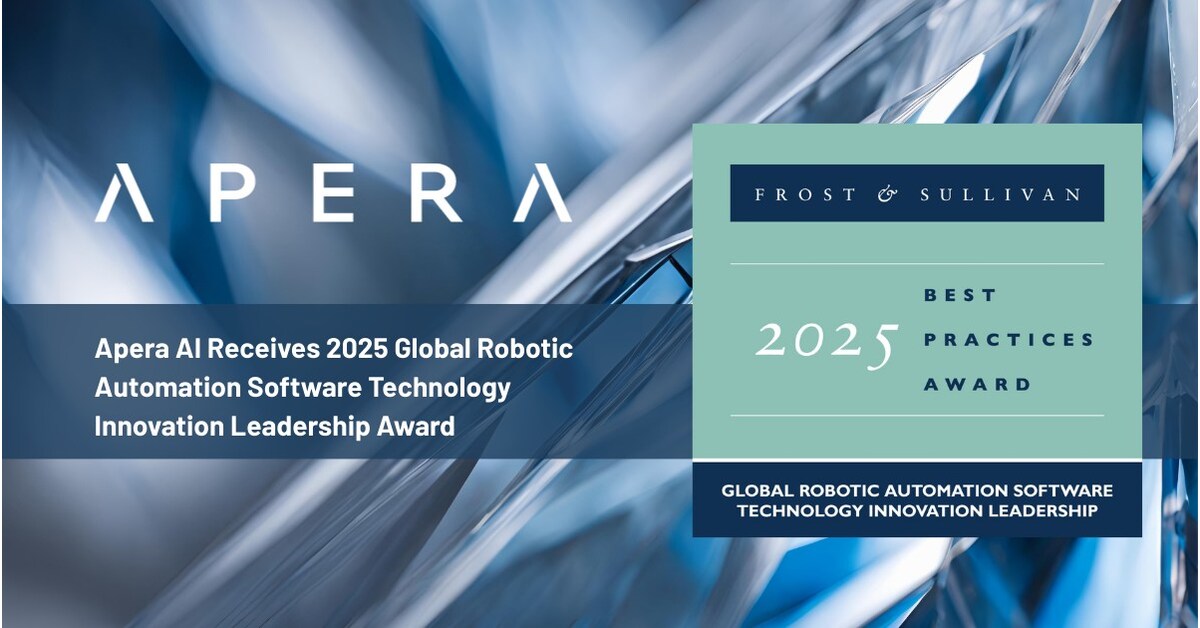The Rise of Milking Robots and Their Impact on Dairy Farming in North America
How Automation, Labor Shortages, and Technological Advancements Are Driving the Growth of the North America Milking Robots Market
Image Courtesy: Public Domain
The agricultural industry, particularly dairy farming, has witnessed a significant transformation in recent years, driven by technological advancements and the growing need for efficient, sustainable farming practices. One of the most notable innovations in this sector is the adoption of milking robots, which are revolutionizing the way dairy farms operate. North America, particularly the United States and Canada, has become a key hub for the deployment of these automated systems. With projections showing a Compound Annual Growth Rate (CAGR) of 7.8% from 2025 to 2032, the North America milking robots market is poised for substantial growth. This article delves into the factors driving this growth, the market dynamics, and the future prospects for milking robots in North America.
Market Overview and Growth Projections
According to Persistence Market Research's projections, the North America milking robots market is set for remarkable expansion over the next several years. The market, valued at approximately US$ 641.9 million in 2025, is expected to grow to US$ 1,086.9 million by 2032. This growth, at a projected CAGR of 7.8%, highlights the increasing acceptance and implementation of robotic milking systems across the region. The transition from manual labor to automated milking offers dairy farmers numerous benefits, including improved efficiency, reduced labor costs, and enhanced animal welfare.
Key Drivers of Market Growth
Several factors are contributing to the strong growth of the milking robots market in North America. These factors are not only related to technological advancements but also the broader trends shaping the dairy farming industry.
- Labor Shortages and Cost Reduction
One of the primary drivers for the adoption of milking robots is the increasing labor shortage in the agricultural sector. As the labor pool shrinks, particularly in rural areas, dairy farms are facing significant challenges in recruiting and retaining skilled workers. Milking robots, which operate autonomously, help address this issue by reducing the reliance on human labor. Farmers are able to maintain milking operations with fewer workers, reducing labor costs while also enhancing productivity.
Moreover, the operational costs associated with hiring and training human workers are steadily rising, making automation a more attractive solution. Milking robots not only save on labor costs but also optimize the milking process, ensuring consistent quality and quantity of milk production.
- Technological Advancements in Automation
The continuous evolution of robotic technology is another key factor driving the growth of the milking robots market. Modern milking robots are equipped with advanced sensors, artificial intelligence (AI), and machine learning algorithms, allowing them to optimize milking times, monitor animal health, and ensure higher milk yields. These systems are capable of identifying and adjusting to the individual needs of each cow, providing customized care and increasing efficiency.
For instance, milking robots can detect the optimal milking time for each cow, ensuring that milk is extracted at the most appropriate time for both the cow's health and milk production levels. Additionally, the robots can track the health and well-being of cows, providing early detection of health issues such as infections or diseases, which can significantly reduce veterinary costs and increase herd productivity.
- Rising Demand for Dairy Products
As the global demand for dairy products continues to rise, dairy farms are under increasing pressure to boost milk production while maintaining quality. Milking robots play a crucial role in meeting this demand by enabling farms to increase efficiency and scale production. By automating the milking process, farmers can achieve higher yields with consistent quality, thus meeting the growing consumer demand for dairy products in North America.
Additionally, consumers are becoming more conscious of the ethical and sustainable practices of the farms from which their food is sourced. Milking robots contribute to sustainability by reducing the environmental footprint of dairy farming. The automation process ensures more efficient use of resources, including water, energy, and feed, contributing to environmentally friendly farming practices.
- Government Support and Incentives
Government support plays an instrumental role in driving the adoption of innovative technologies, including milking robots. In North America, various federal and state-level programs provide financial incentives and grants to dairy farmers who implement automation and technology solutions. These initiatives aim to support the modernization of the agriculture sector and enhance its global competitiveness.
By adopting milking robots, farmers are able to meet stricter industry regulations and improve operational efficiency, all while benefitting from government subsidies. This financial assistance reduces the upfront costs of implementing robotic systems, making it more accessible for smaller farms to invest in automation.
Market Segmentation: Types of Milking Robots
The milking robots market in North America is diverse, with various types of robotic systems catering to different needs and scales of operation. These systems vary based on their design, technology, and functionality.
- Rotary Milking Robots
Rotary milking robots are designed to accommodate a large number of cows in a rotating platform. These robots are highly efficient and can handle the milking process for a large herd of cows in a relatively short period of time. They are ideal for medium to large-scale dairy farms that require high levels of automation and production efficiency.
- Linear Milking Robots
Linear milking robots are typically used in smaller-scale operations, where cows are lined up in a straight line for milking. These robots provide flexibility and cost-effectiveness for farms that have smaller herds but still require automated milking systems to reduce labor costs and increase production efficiency.
- Compact Milking Robots
Compact milking robots are designed for small-scale dairy operations and are often used in farms that have limited space. These robots are versatile, easy to integrate into existing farm layouts, and are particularly beneficial for small herds. Compact systems are gaining popularity as they provide a balance between automation and cost-efficiency.
Challenges and Barriers to Adoption
While the prospects for the North America milking robots market are positive, there are certain challenges that may hinder the widespread adoption of these systems.
- High Initial Investment
One of the main barriers to adopting milking robots is the high upfront cost. The purchase, installation, and maintenance of robotic systems can be expensive, making it challenging for smaller or less financially stable farms to invest in automation. Although the long-term benefits, such as labor cost savings and improved productivity, make the investment worthwhile, the initial financial outlay can be a significant deterrent.
- Technological Complexity
Another challenge is the complexity of operating and maintaining milking robots. While these systems are designed to be user-friendly, farmers must be adequately trained to operate the technology effectively. Additionally, regular maintenance and troubleshooting may require specialized knowledge, leading to additional costs for farm owners. As technology evolves, keeping up with updates and ensuring proper system maintenance can be demanding for smaller farms with limited resources.
- Compatibility with Existing Infrastructure
Integrating milking robots into existing farm infrastructure can pose challenges, particularly for older or smaller farms. Modifications to buildings, milking parlors, and other facilities may be required to accommodate robotic systems. This may involve additional investment and logistical planning, which could delay the adoption of automation.
Future Outlook and Market Opportunities
Despite these challenges, the future of the milking robots market in North America looks promising. As the technology becomes more advanced and accessible, the cost of milking robots is expected to decrease, making them more affordable for a broader range of dairy farms. Additionally, ongoing advancements in AI, machine learning, and sensor technologies will continue to enhance the capabilities of milking robots, improving their efficiency and performance.
The growing emphasis on sustainability, animal welfare, and operational efficiency will also continue to drive demand for milking robots. As more dairy farms realize the long-term benefits of automation, the market for robotic milking systems in North America is expected to expand significantly.
Conclusion
The North America milking robots market is experiencing a surge in growth, driven by factors such as labor shortages, technological advancements, and the rising demand for dairy products. With a projected CAGR of 7.8% from 2025 to 2032, the market is set to grow from US$ 641.9 million to US$ 1,086.9 million, creating ample opportunities for businesses and farmers alike. While challenges such as high initial investment and technological complexity remain, the benefits of automation in dairy farming are undeniable, and milking robots will continue to play a pivotal role in shaping the future of agriculture in North America.


